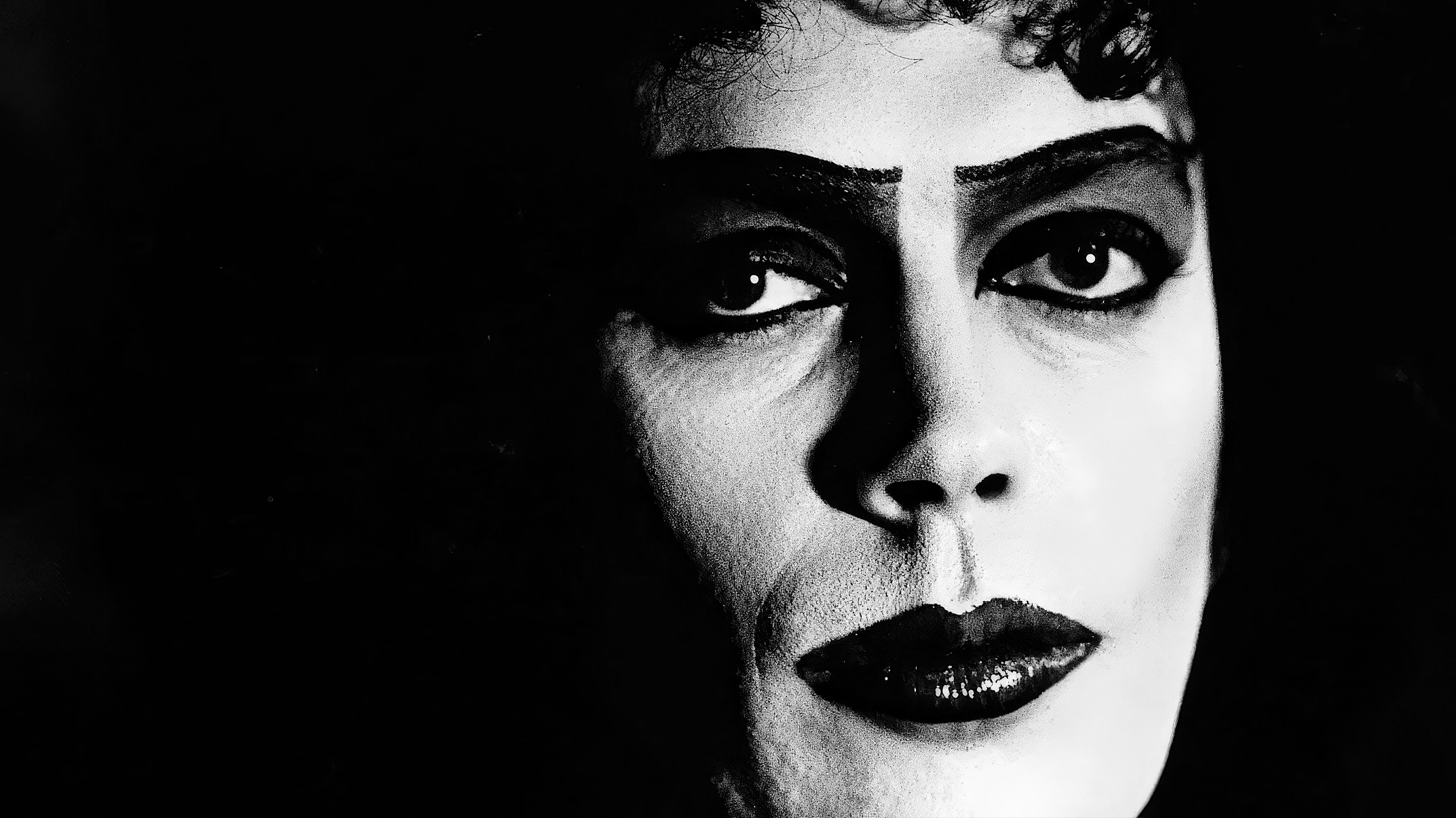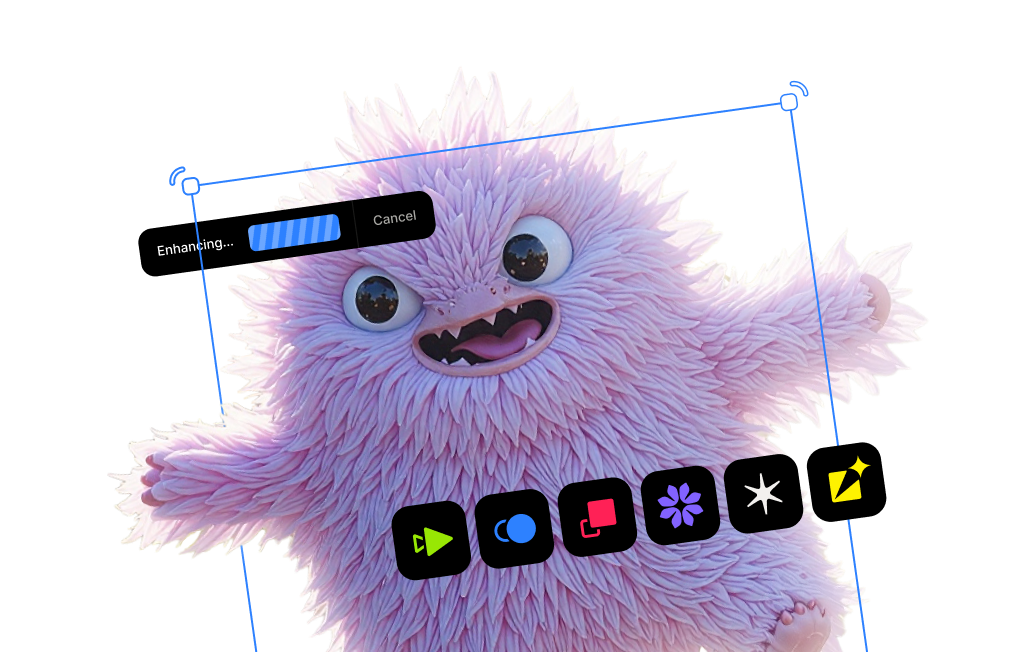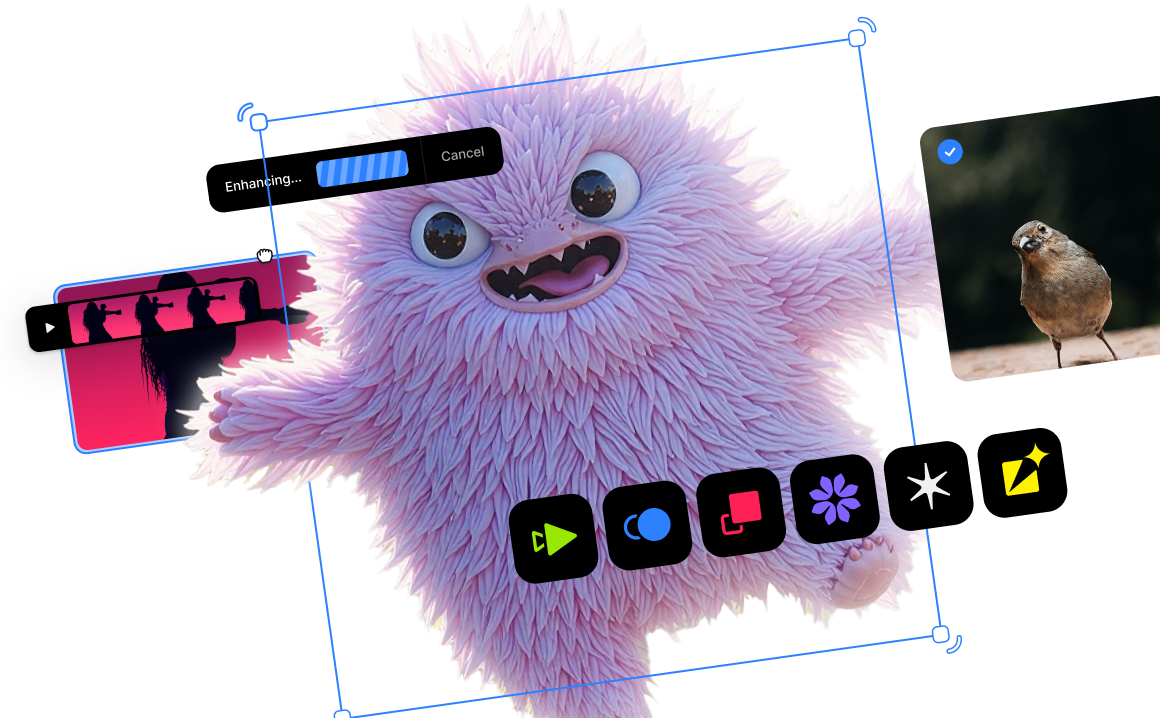Few films have left a mark on popular culture like The Rocky Horror Picture Show. Nearly fifty years after its release, the midnight screenings, costumes, and callbacks continue to thrive in theaters around the world.
The new feature documentary Strange Journey: The Story of Rocky Horror explores the origins and lasting influence of the phenomenon through the eyes of creator Richard O’Brien and his son, filmmaker Linus O’Brien. Blending history, music, and family reflection, the film tells a story about identity, art, and transformation.
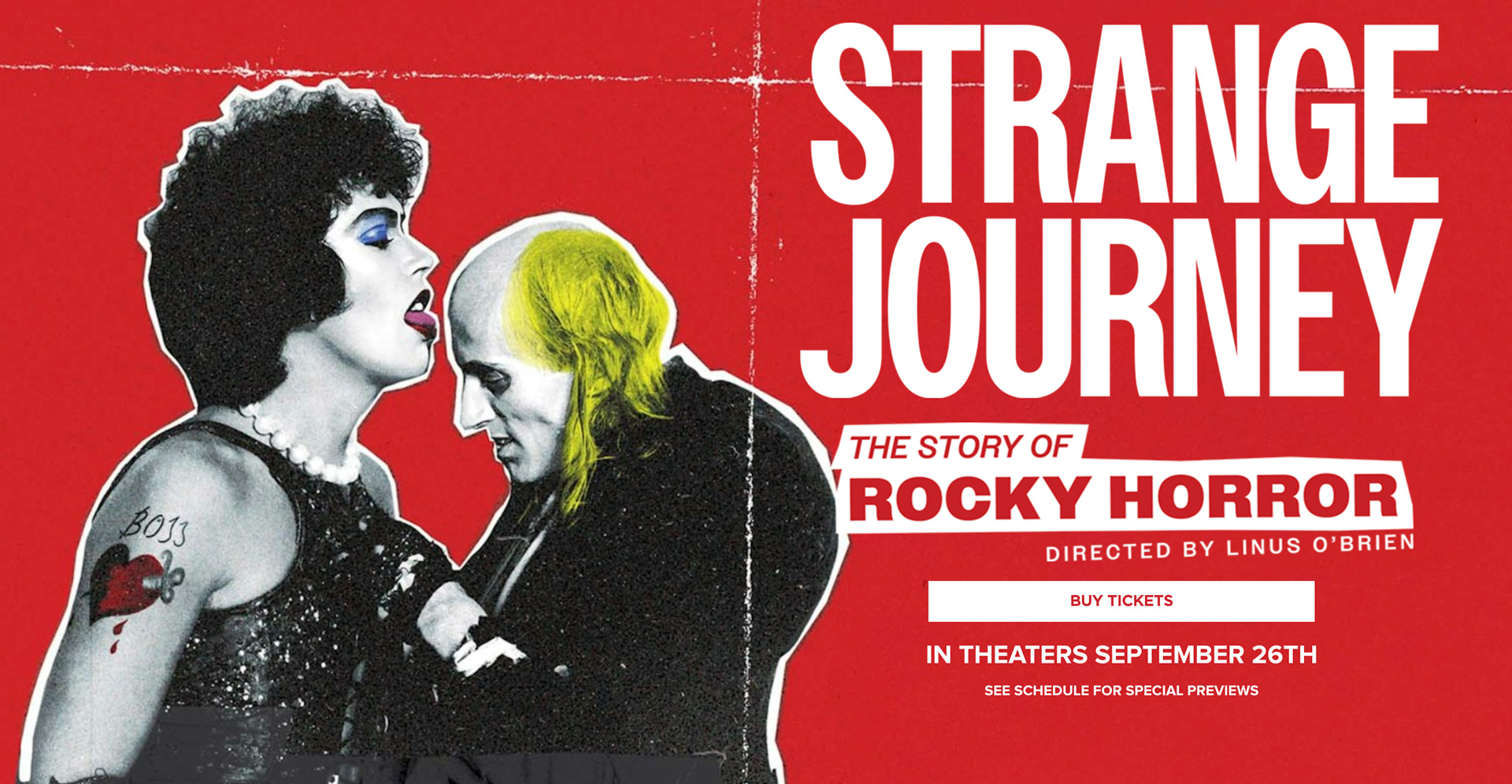
At the heart of the project is editor Avner Shiloah, ACE, known for Yacht Rock: A Dockumentary and HBO’s Music Box series. Shiloah helped shape the narrative of a film that celebrates the spirit of Rocky Horror while exploring the deeply personal journey behind it.
“I grew up with a strong passion for cinema,” Shiloah says. “Editing felt natural to me. It allowed me to focus deeply and be part of the storytelling process.” His friendship with Linus O’Brien led to the collaboration. “Once we began talking about Richard’s journey, from creating Rocky Horror to coming out as transgender decades later, I knew it was a story worth telling. It’s not just about nostalgia. It’s about self-acceptance and how art can inspire people to live authentically.”
Embracing imperfection and restoring history
The film’s material came from a mix of sources: Super 8 home movies, 1970s television footage, fan recordings, and modern interviews. Shiloah chose to preserve their differences rather than smooth them over. “We kept the original aspect ratios and even left sprockets visible on overscanned Super 8. Those imperfections place the viewer in that moment in time.”
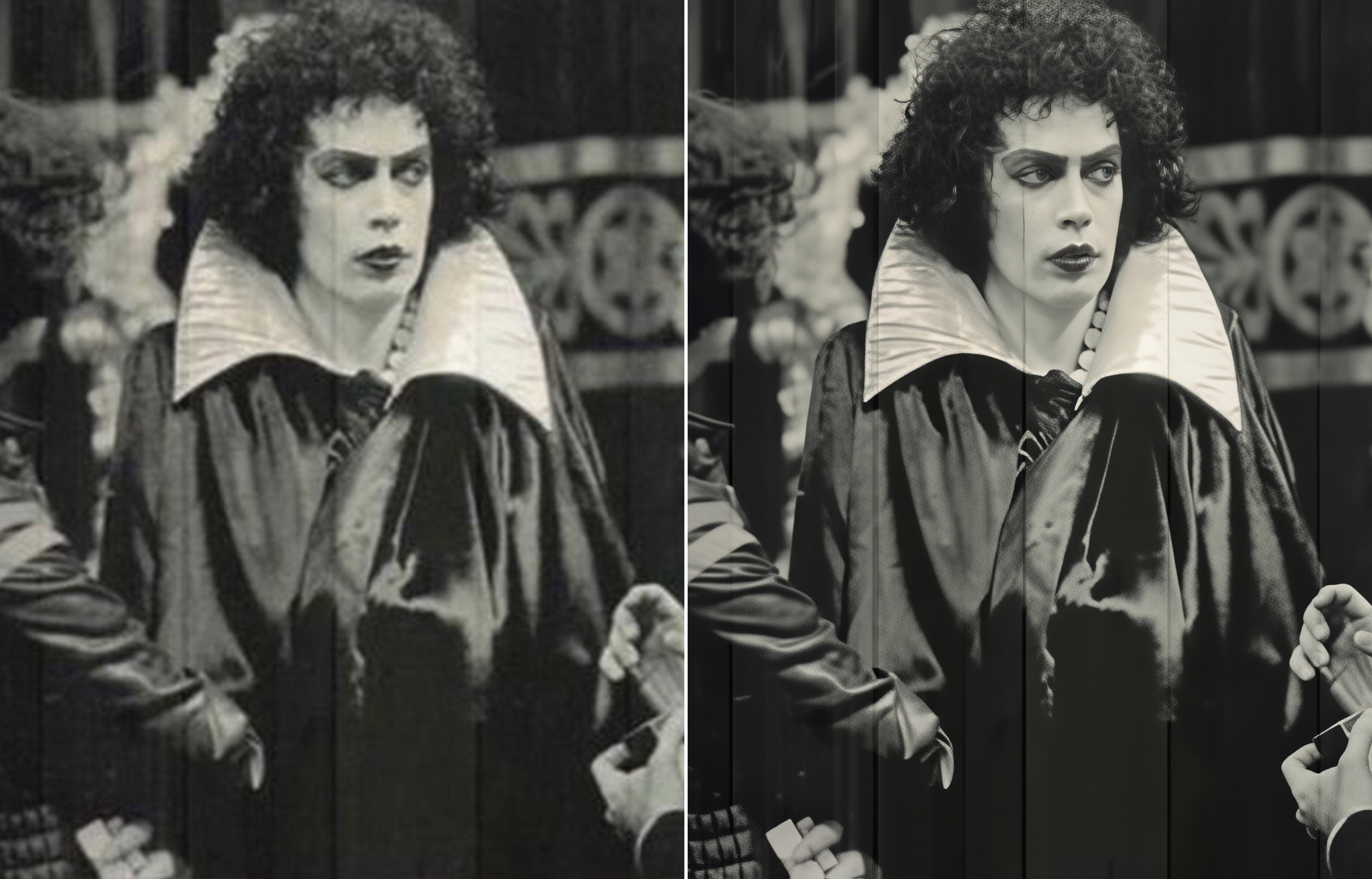
“Digital artifacting and pixelation can be distracting because they’re not part of the historical texture. Topaz Video cleaned it up beautifully.”
To address these issues, Shiloah relied on Topaz Video, using it early in the edit to enhance low-resolution sources. “It became an essential tool. It allowed us to remove distractions and focus on the emotion of the clip.” One pivotal moment shows Richard O’Brien speaking near the end of the film. “Using the Proteus model in Topaz Video cleaned it up beautifully without making it look artificial. I added a touch of film grain to keep it authentic. My goal is always for the effect to be invisible, the same way good editing should be invisible.”
If Topaz Video helped restore motion, Topaz Photo was equally vital for still imagery. “The first third of the movie covers the original 1973 stage production in London, where no footage exists, only rare photos,” Shiloah says. “Those images were very low resolution, and without Topaz Photo it would have been nearly impossible to tell that part of the story.”
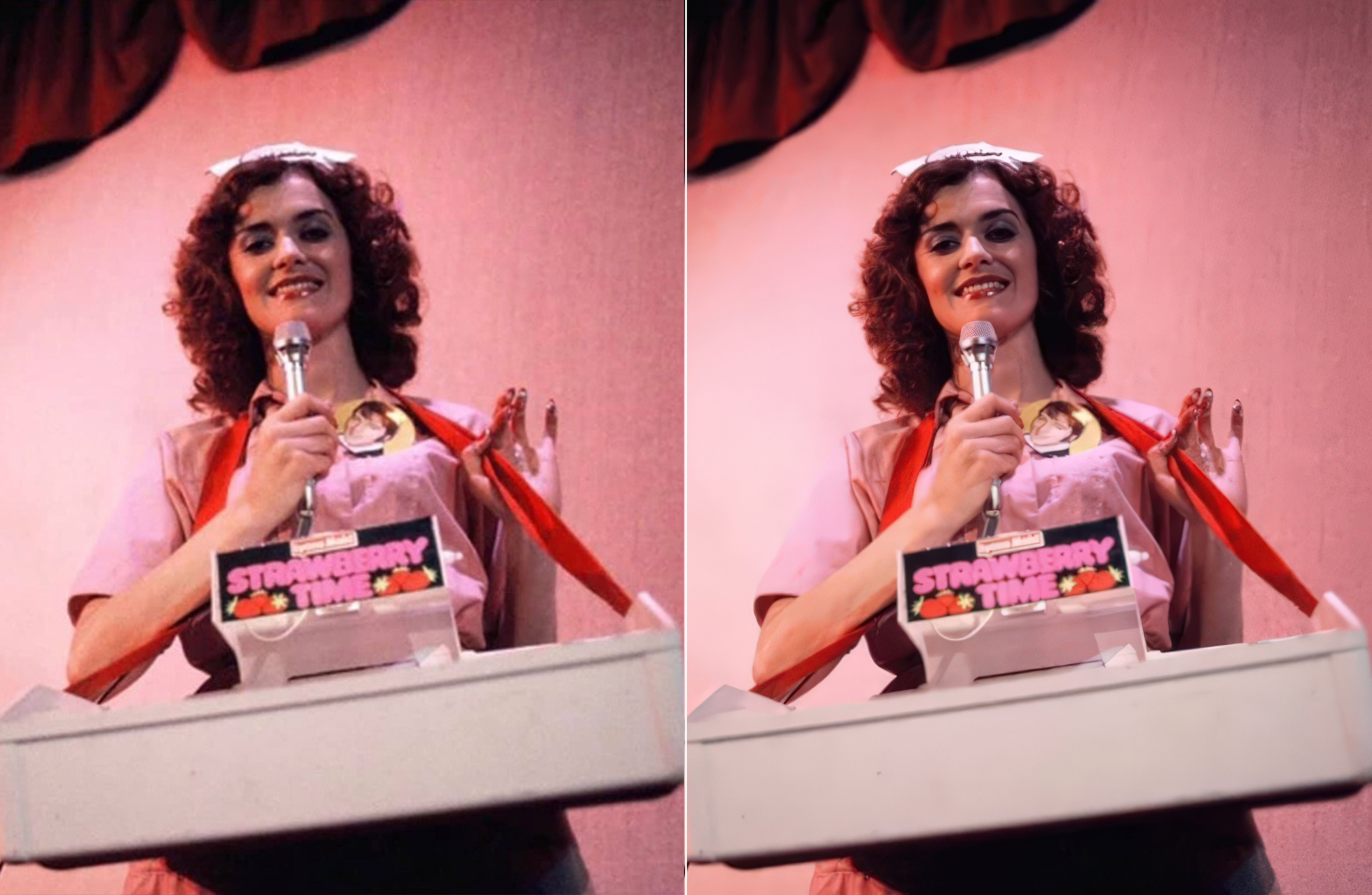
“It’s not about making things perfect. It’s about making them feel true.”
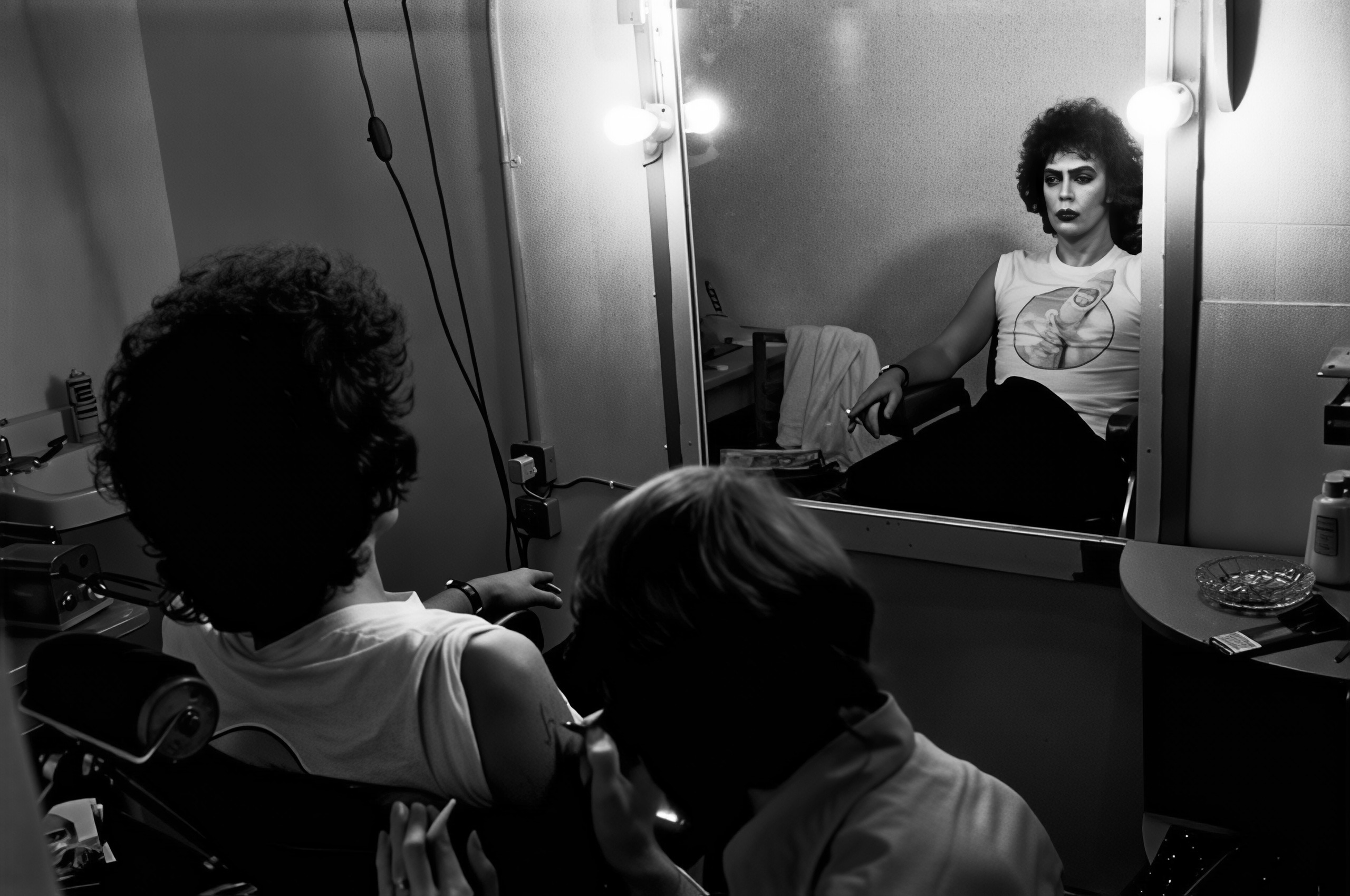
Balancing authenticity with innovation
Shiloah approaches AI tools with both excitement and caution. “AI is completely changing what’s possible. Footage that was unusable ten years ago can now be restored. But the truth of the image is sacred. I draw the line at anything that alters it.”
He often reintroduces noise or texture after upscaling to keep the image grounded in its era. “It’s not about perfection. It’s about the right kind of imperfection.”
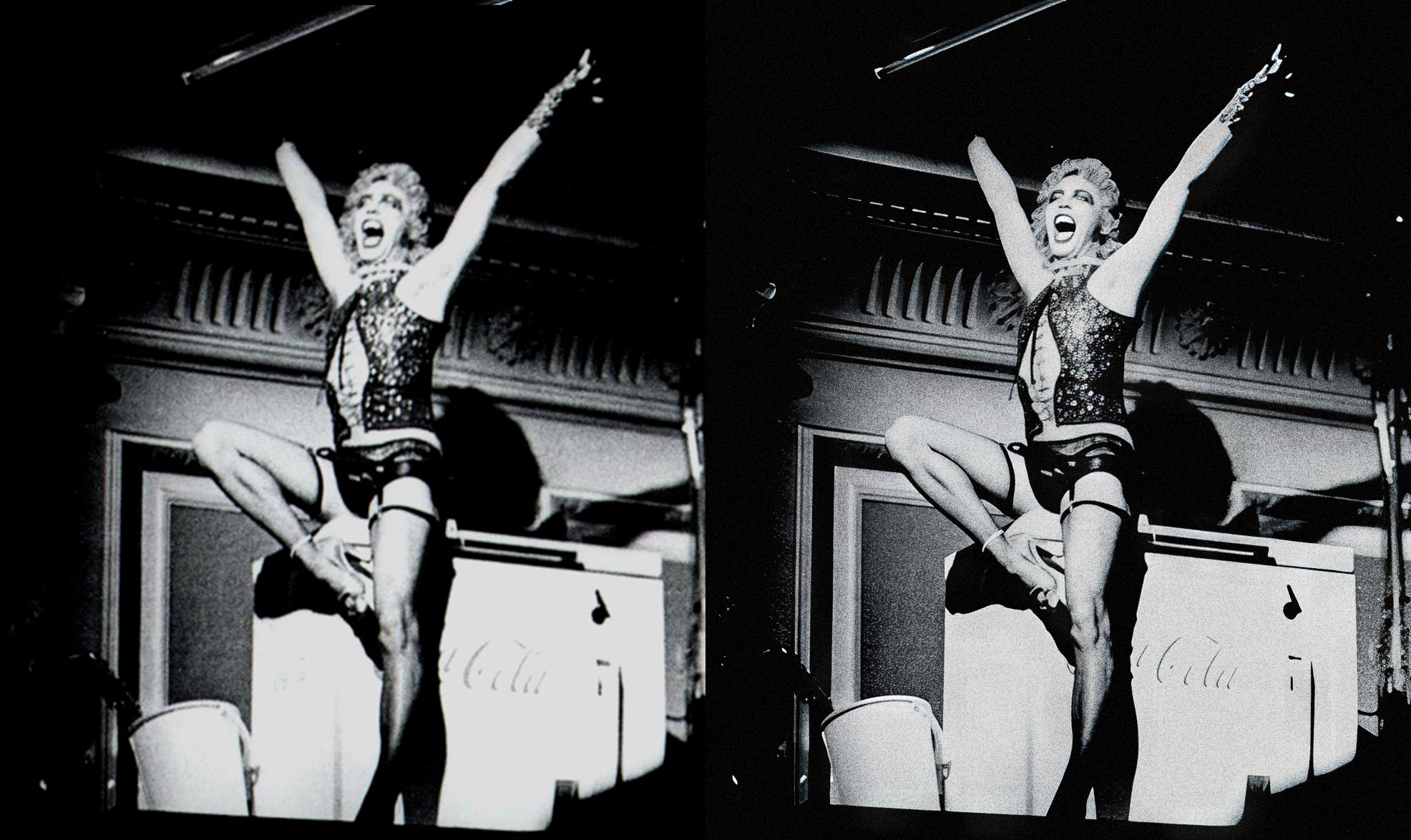
For Shiloah, Strange Journey was both a creative challenge and a lesson in restraint. “Topaz tools have become a big part of my workflow,” he says. “They’ll only become more important as they improve. If developers and filmmakers use them responsibly, AI can be a powerful tool for telling honest stories in a dynamic way.”
Strange Journey: The Story of Rocky Horror” is in theaters now:
https://rockyhorrordoc.com/buy-tickets





